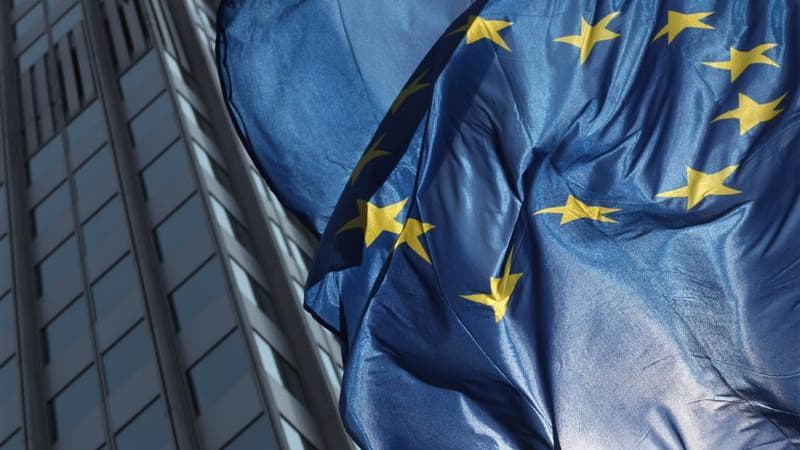The annual inflation rate in the euro zone fell in February for the fourth consecutive month, to 8.5%, from 8.6% in January, according to Eurostat, but the fall was less pronounced than expected due to high food tariffs. .
Experts polled by Factset and Bloomberg expected consumer prices to rise 8.2% and 8.3% respectively. Inflation had peaked in October, at 10.6%, after a year and a half of uninterrupted rise, accelerated by the war in Ukraine.
After sharp declines in November, December and January, thanks to a pause in energy prices (electricity, gas, oil), the slowdown in inflation came to a halt last month. It can be explained in the first place by the acceleration of food prices. With a year-on-year increase of 15% in February, they have become the main driver of inflation, surpassing energy, whose prices have risen by an average of 13.7%, according to data published this Thursday by the European Statistics Office. .
For their part, the prices of industrial goods rose 6.8% year-on-year last month, 0.2 points more than in January. In services, inflation also accelerated slightly to 4.4% (+0.2 pp). Among the 20 eurozone countries, the lowest inflation rates in February were registered in Luxembourg (4.8%) and Belgium (5.5%). France (7.2%) continues to be one of the best placed countries, much better than Italy (9.9%) or Germany (9.3%). As in previous months, inflation was highest in the Baltic countries, Latvia (20.1%), Estonia (17.8%) and Lithuania (17.2%), according to Eurostat harmonized data.
Stable unemployment rate in January
The unemployment rate in the euro zone remained stable in January at 6.7% of the active population, the same as in December, close to its historical minimum, Eurostat announced. It has fallen 0.2 points compared to January 2022. The indicator had reached 6.6% in October, its historical minimum since the European Statistics Office began compiling this series in April 1998.
Source: BFM TV


